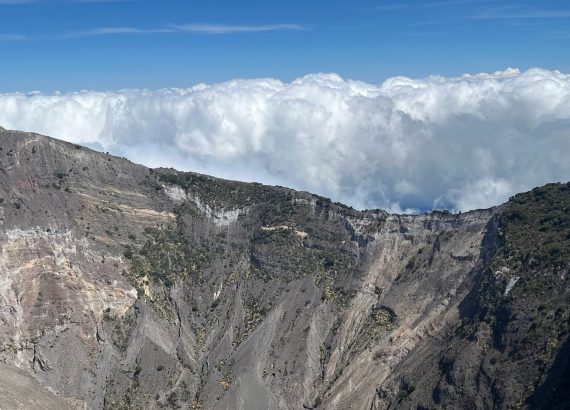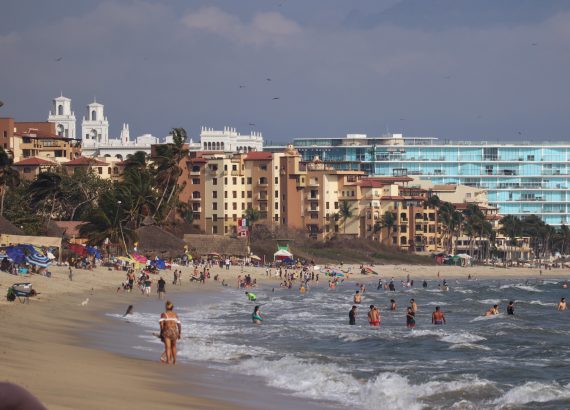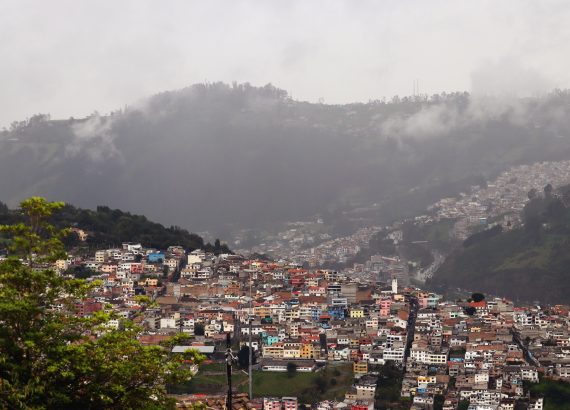Eight Magnificent Cities to Visit in the South Region of Spain –Costa del Sol
Shopping For Me

Our feature photos taken by Grizel Ubarry are available for sale as notecards with inspirational quotes. Ideal for scribbling messages of thanks, greetings from your travels or just to stay in touch. These five note cards are beautifully printed on high quality paper packaged in a silk drawstring pouch also perfect as a gift.
Click Here
Click Here









































LimitedLimitless
Yes, the spa was unbelievable today. great to know that you’ll be happy. You know have the time to read my stories. Always appreciate any advice or ideas around how to improve the newsletter.